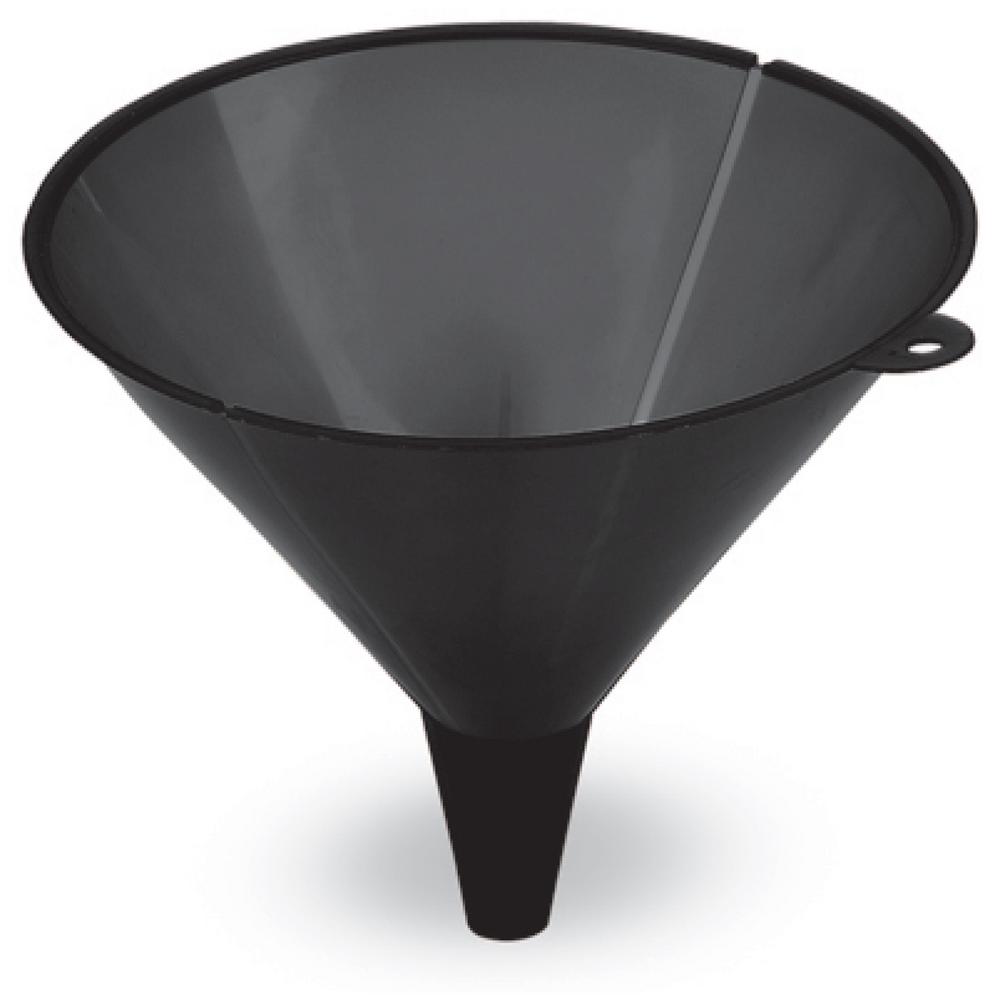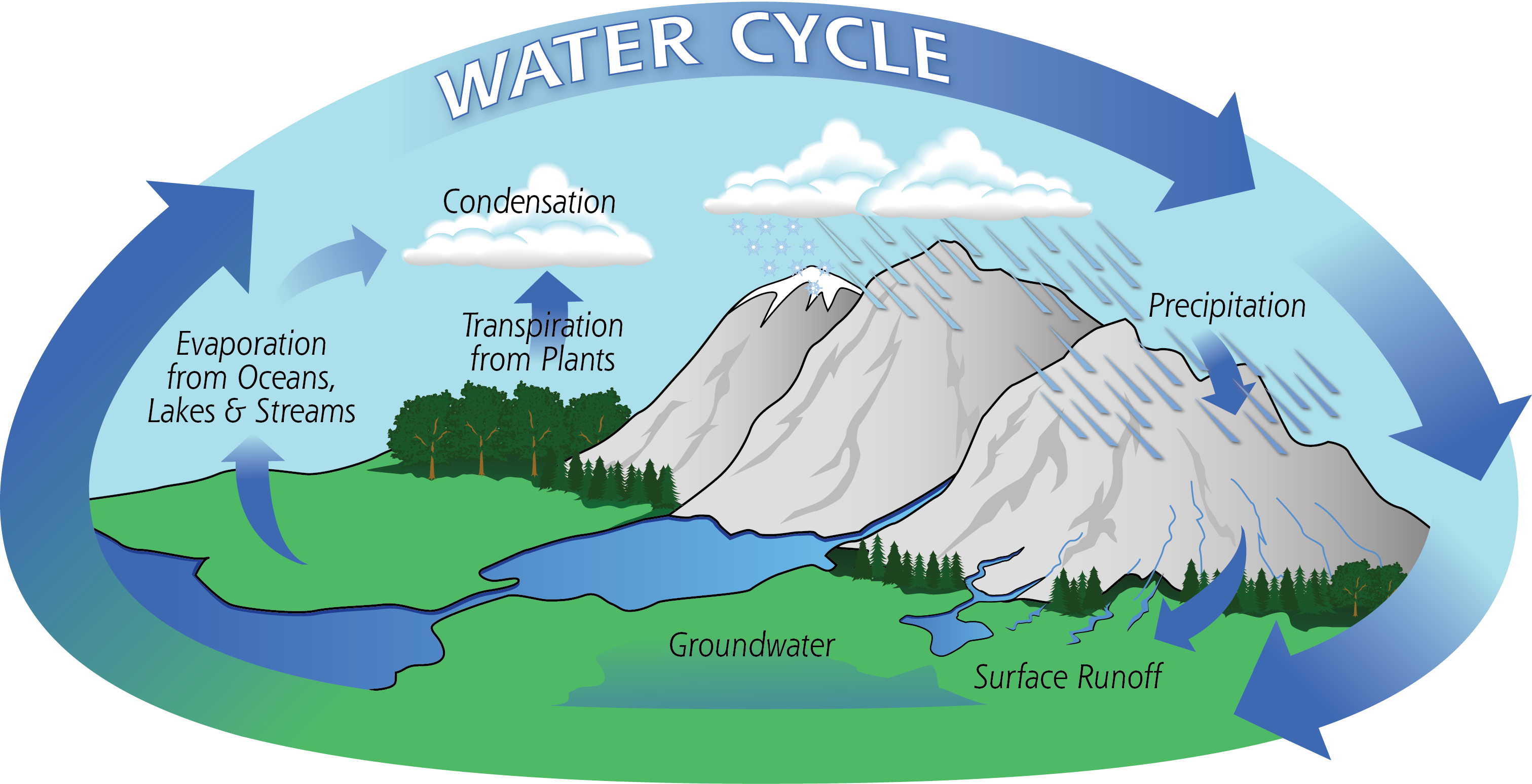- The new Impossible burger has 50 less calories than the original Impossible Burger.
- The new Impossible burger has 30 % less of the daily value of saturated fat than the original Impossible Burger.
- The new Impossible burger has 9 % less of the daily value of sodium than the original Impossible Burger.
The Greenhouse Effect experiment
Materials
- 2 plastic bottles
- 3 heat lamps
- 2 thermostatic
- 2 corks
- baking soda
Procedure
- cut off cap parts of plastic botels to fit the corks
- put corks in
- shove thermostat through corks
- put water in bottles
- put baking soda in 1
- turn on heat lamps pointing at bottles
- measure heat ever 5 mins
Findings: The Greenhouse Effect Data
Minutes
|
Bottle 1: Water
|
Bottle 2: CO2 Gas
|
| 5 | 10 | 10 |
| 10 | 24 | 25 |
| 15 | 25 | 26 |
| 20 | 25 | 27 |
Conclusion:
The regular clean air will heat up slower because there is no gas traping in the heat think of the heat as water and the air like a sponge the regular air is a normal sponge soaking in the heat but the gas is a more absorbent powerful sponge is it soaks up more of the heat.
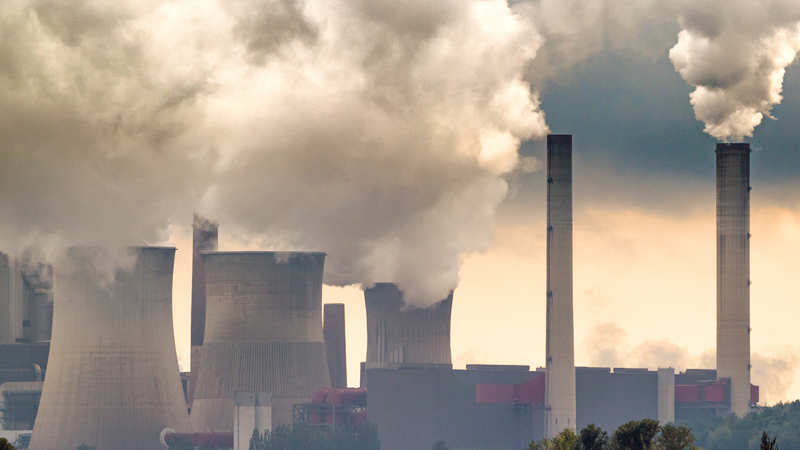



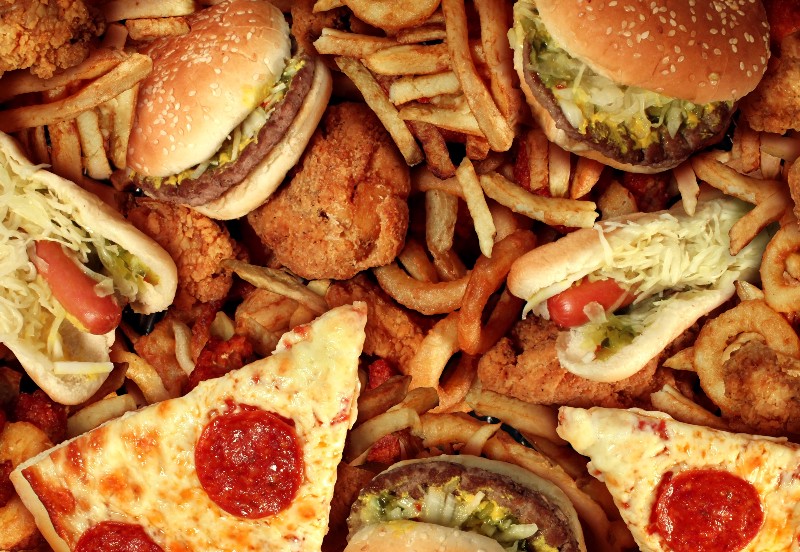

 Conical Flask - This is used for experiments with liquid up to 150 ml. The flask has a rubber bung for the top and the glass is heatproof.
Conical Flask - This is used for experiments with liquid up to 150 ml. The flask has a rubber bung for the top and the glass is heatproof.
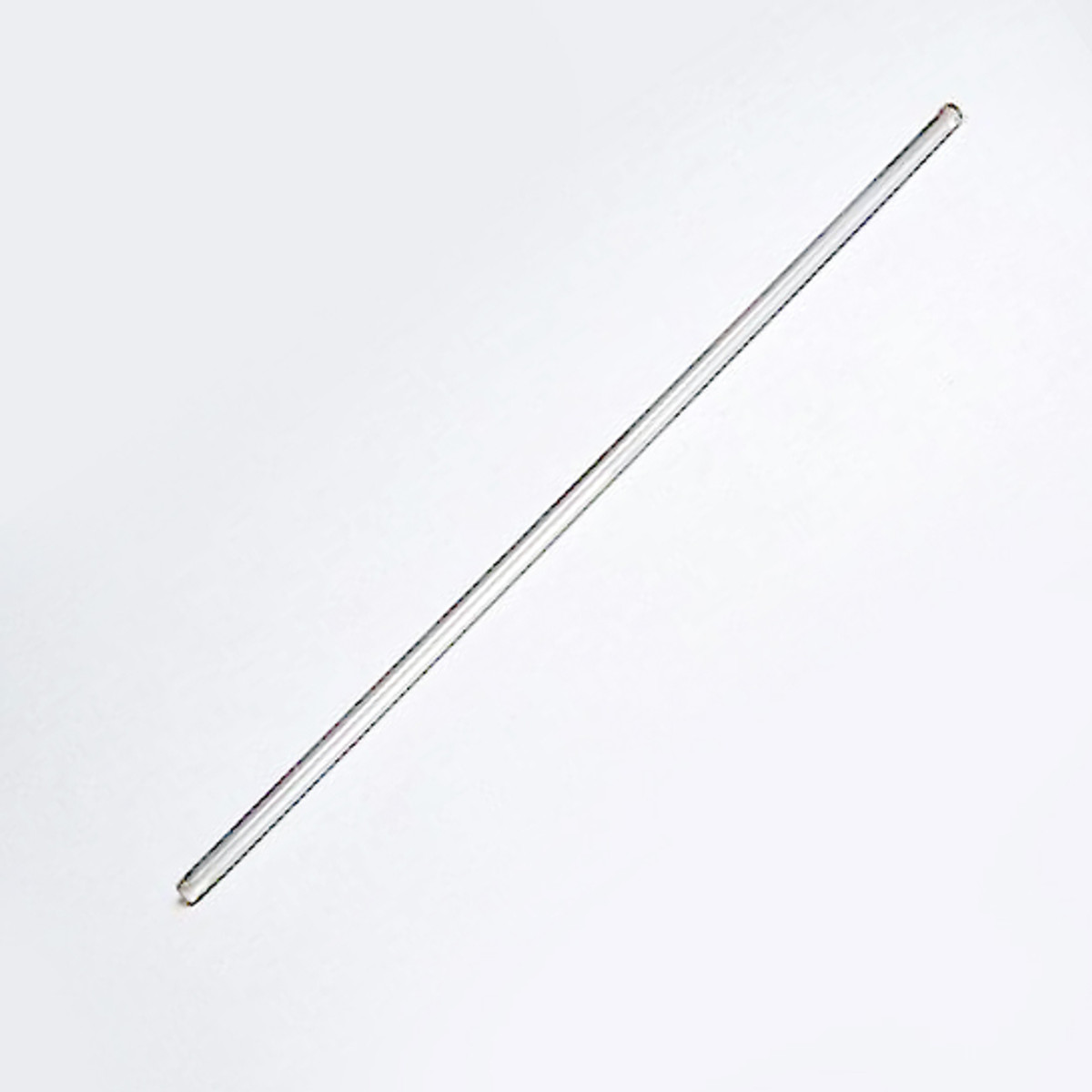
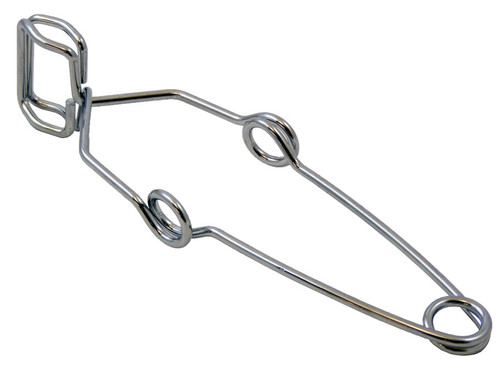 Spatula - This is for holding very small amounts of chemical powders.
Spatula - This is for holding very small amounts of chemical powders.
